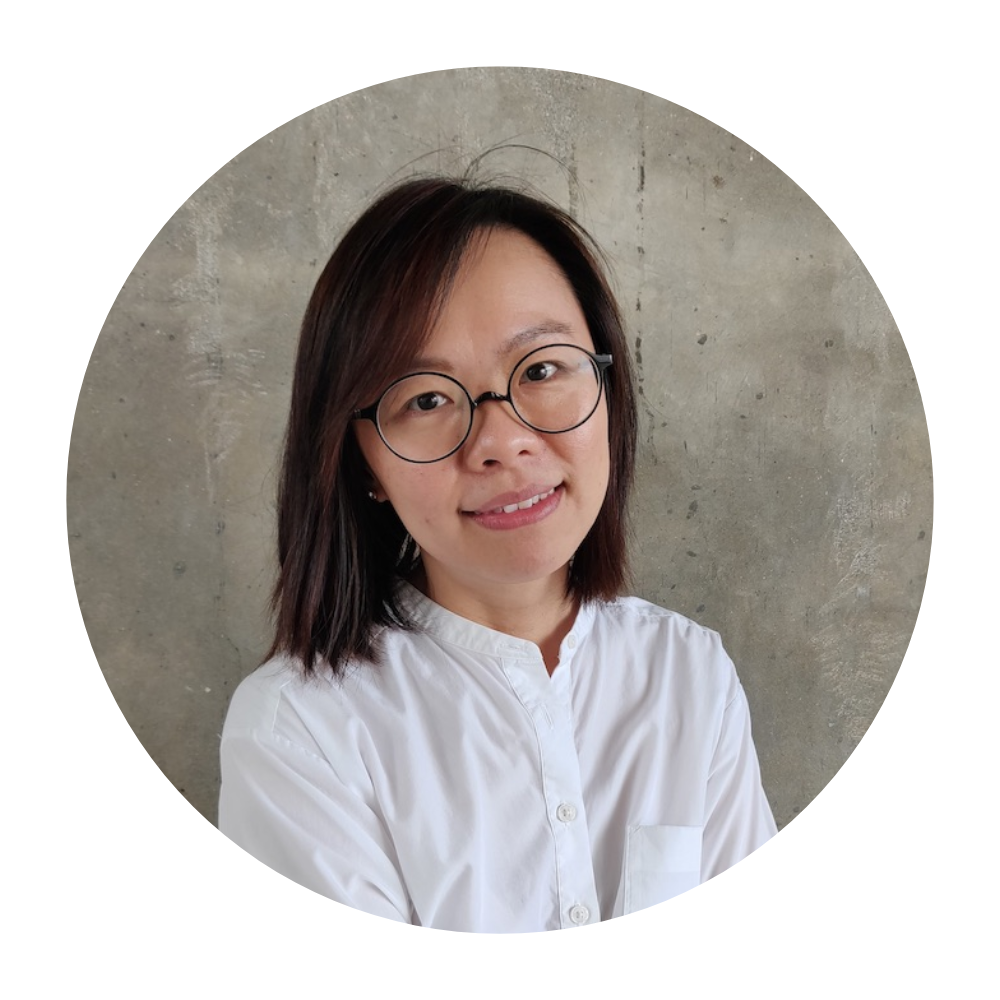All architecture students are trained to become architects. Naturally, my first goal upon returning to Malaysia was to pass my Lembaga Arkitek Malaysia (LAM) Part III Professional Examination, earn my ‘Ar’ title, and establish myself as a ‘legitimate’ architect. After six years of hard work and perseverance, I passed. I should’ve felt accomplished, but instead, I found myself at a crossroads—what came next?
As I searched for direction, I watched my study groupmates carve their own paths. Some transitioned from consultancy to property development, others climbed the corporate ladder to associate and director roles, while a few started their own practices. Some even pivoted entirely, exploring new interests outside of architecture. Their journeys made me reflect on my own, and I realised I was open to possibilities beyond the conventional route.
To explore my options, I began attending free seminars, industry events, and short training courses—not just to learn, but to meet people and broaden my perspective. One day, a friend pointed out how much I enjoyed sharing knowledge and suggested I consider teaching. The idea resonated with me, and before long, I found myself at Taylor’s University. Though I had little formal teaching experience, my ‘Ar’ title and my past experience leading Adobe Illustrator workshops helped me secure a position.
Academia was an entirely new world. Eager to grow into my role, I enrolled in the Postgraduate Certificate of Teaching and Learning offered by Taylor’s School of Education. It was a steep learning curve—challenging but rewarding. As I settled in, I was encouraged to pursue a PhD in Architecture, a step I had never envisioned in my early career. Yet, one milestone led to another, and eventually, I earned my doctorate.
Even as I embraced academia, I never left behind my passion for practice. I co-founded a small firm with an ex-colleague whose strengths complemented mine, allowing us to take on projects together. Beyond that, I collaborated with others to publish a book and even developed a board game. Through it all, I’ve come to realise that architecture doesn’t confine us to a single path—we have the freedom to shape careers as diverse and dynamic as the spaces we design.
